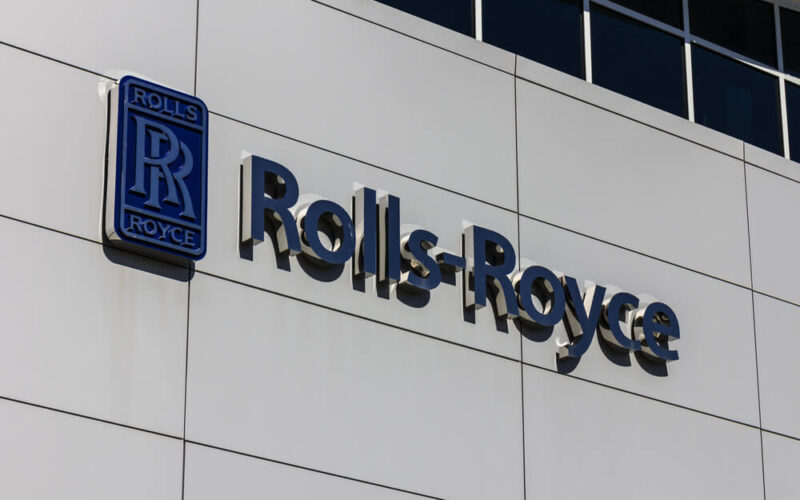Rolls-Royce, the British engineering giant, considers focusing on the narrow-body plane market as the wide-body aircraft sector, in which Rolls-Royce specializes, experiences a significant slump and the company continues to fight financial struggles.
While the market suffers from the COVID-19 pandemic related decrease in the wide-body aircraft engine demand, Rolls-Royce looks for ways to survive the crisis. The engine maker stepped into negotiations with Airbus with an aim to provide hydrogen-powered engines for narrow-body jets that Airbus plans to produce by 2035. By this measure, Rolls-Royce seeks to maintain the market demand for its services.
The engine maker works on its recent UltraFan jet engine development project, ground tests of which should begin in 2021. However, due to the pandemic, Rolls-Royce was forced to postpone the UltraFan’s entry to the service until the end of 2030 instead of 2025. Speaking to British media, Simon Burr, the Chief of Engineering and Technology at Rolls-Royce, outlined that if customer airlines would show a high interest in the turbine sooner, the launch of UltraFan engine could be accelerated.
As the industry goes through “a bit of a hiatus,” Burr said that the engine maker sought to adapt to the changing market and hoped that while the Trent family engines power wide-body jets only, the UltraFan could become a suitable engine for “the full spectrum“ of aircraft types.
“We want to be in a position that when someone launches a new product we’re credible, whatever that market may be. We don’t rule ourselves out of any part of the market today because evolution in the 2020s could be really quite exciting,” told Buur.
According to Rolls-Royce, the fan blades of the UltraFan, which would be used in the new-generation narrow-body aircraft engines, are made of hundreds of layers of carbon fiber that is pre-filled with resin material. The engine manufacturer announced that new technology for fan blades, as well as fan case, would reduce the weight of the narrow-body jet by 700kg (1,540lb), cutting the fuel consumption by 25%.
At the beginning of November 2020, Rolls-Royce announced that due to the COVID-19 pandemic-related economic impact on the company’s finances, it would complete 1,400 job cuts. The redundancies come as a part of major Rolls-Royce’s restructuring plan that should help the company to reduce the cost base in order to “safeguard the future of Rolls-Royce return to break even” and “work towards the target to reach positive cash-flow in the second half of 2021”.
In August 2020, the company reported having suffered a pre-tax loss of more than $7 billion in the first half of 2020.

